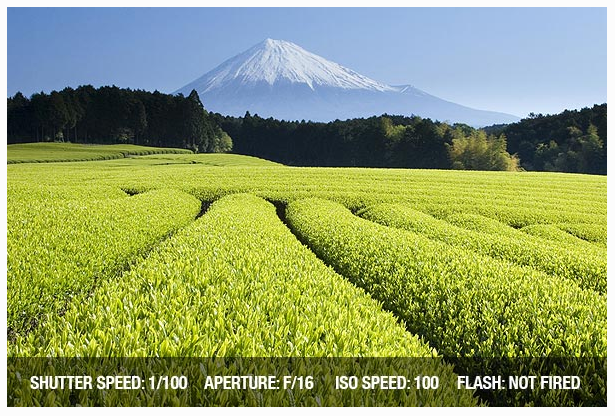Learn new photography techniques – and master old ones – with this essential photographer's resource (tools). Whether you are a beginner or more experienced with photography, there are some tips that will benefit you and give you better results. Here are some common issues that you may have to deal with and some tips on how you can use them to your advantage.
1. Compose in Thirds
To use the rule of thirds, imagine four lines, two lying horizontally across the image and two vertical creating nine even squares. Some images will look best with the focal point in the center square, but placing the subject off center will often create a more aesthetically composed photograph. When a photograph is composed using the rule of thirds the eyes will wander the frame.
2. Avoid Camera Shake
Camera shake or blur is something that can plague any photographer and here are some ways to avoid it. First, you need to learn how to hold your camera properly; use both hands, one around the body and one around the lens and hold the camera close to your body for support. Also make sure you are using a shutter speed that matches the lens focal length. So if you’re using a 100mm lens, then your shutter speed should be no lower than 1/100th of a second.
3. The Sunny 16 Rule
The idea with the Sunny 16 rule is that we can use it to predict how to meter our camera on a sunny outdoor day. So when in that situation, choose an aperture of f/16 and 1/100th of a second shutter speed (provided you are using ISO 100). You should have a sharp image that is neither under or over exposed. This rule is useful if you don’t have a functioning light meter or if your camera doesn’t have an LCD screen to review the image.
4. Use a Polarizing Filter
you can only buy one filter for your lens, make it a polarizer. This filter helps reduce reflections from water as well as metal and glass; it improves the colors of the sky and foliage, and it will protect your lens too. There’s no reason why you can’t leave it on for all of your photography. The recommended kind of polarizer is circular because these allow your camera to use TTL (through the lens) metering (i.e. Auto exposure)
5. Create a Sense of Depth
photographing landscapes it really helps to create a sense of depth, in other words, make the viewer feel like they are there. Use a wide-angle lens for a panoramic view and a small aperture of f/16 or smaller to keep the foreground and background sharp. Placing an object or person in the foreground helps give a sense of scale and emphasizes how far away the distance is. Use a tripod if possible, as a small aperture usually requires a slower shutter speed.

Comments
Post a Comment